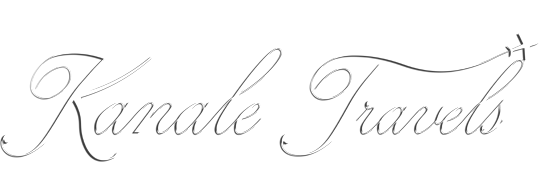¡Bienvenidos a Perú!
Welcome to Perú!
Perú is located in South America. On its northern border lie Ecuador and Columbia. On its southern border, Chile and Bolivia. To the east is Brazil. Its western border is marked by the Pacific Ocean. Perú is the world’s nineteenth-largest country, covering an area of 1,285,216 square kilometers (496,225 square miles). Coordinated Universal Time (UTC) or time zone for Perú is UTC-5.
The country’s official name is the Republic of Perú. The capital of Perú is Lima, which is also its largest city. The nation’s population is 34,294,231 (2021 estimate). Perú’s official language is Spanish. Quechua and Aymara are widely spoken.
The currency of Perú is the Nuevo Sol (PEN). The country has a real GDP of US$385.719 billion (2020 estimate). Exports include metals (such as copper, gold, zinc, lead, molybdenum), petroleum, tropical fruits, fishmeal, and coffee.
Perú declared independence from Spain on 28 July 1821, but this was not ensured until the Spanish were defeated in the battles of Junín (6 August 1824) and Ayacucho (9 December 1824). 28 July is a national holiday (Fiestas Patrias) known as Independence Day.
What do the colors of the Peruvian flag mean?
The colors of the Peruvian flag are red and white. There two versions of the flag: The civil flag is a red-white-red vertical tri-band design. The national or state flag is the same design as the civil flag, but includes the National Coat of Arms in the center of the white band. On the flag, red represents the blood that was shed during the fight for independence. White signifies purity and peace.
For more information about Perú, see the World Factbook, Britannica, and Wikipedia.
Read more about Perú:
- Number of visits: 1
- Travel stories from Perú





Comments are closed.